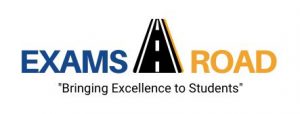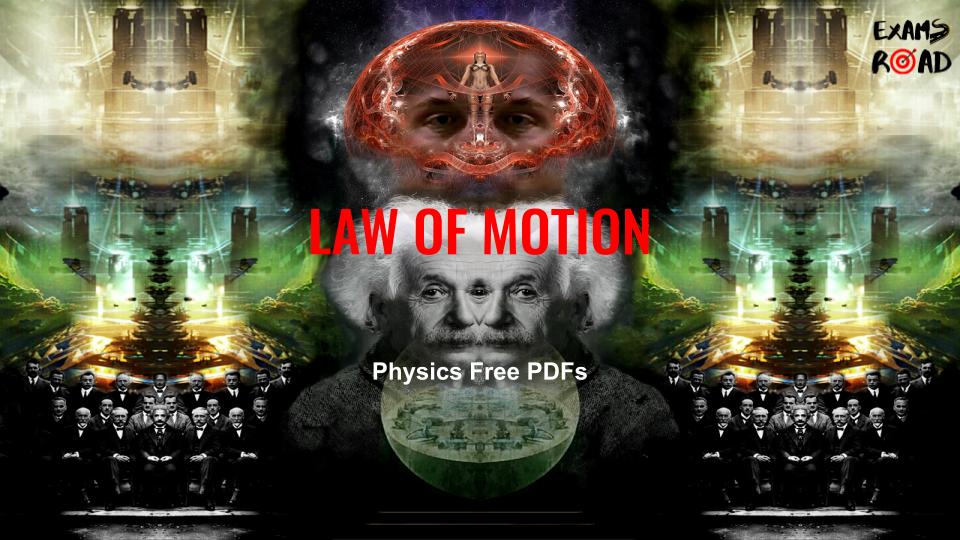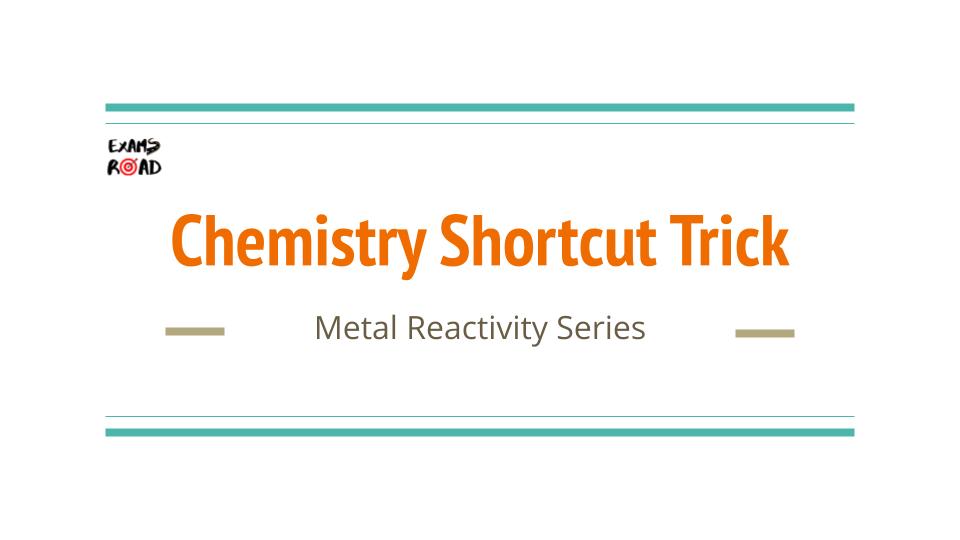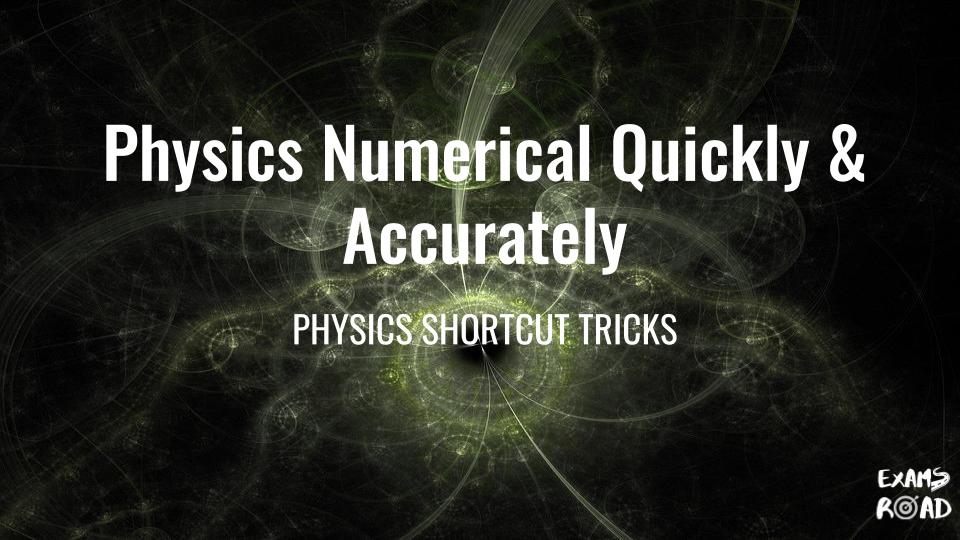Physics syllabus for NEET
| Class 11 Physics Syllabus for NEET |
| Physical world and measurement |
| Kinematics |
| Laws of motion |
| Work, Energy and Power |
| Motion of systems of particles and rigid body |
| Gravitation |
| Properties of bulk matter |
| Thermodynamics |
| Behaviour of Perfect gas and Kinetic theory |
| Oscillations and Waves |
| Unit 1 – Physical world and measurement | Physics: scope and excitement; nature of physical laws; physics, technology and society
Need for measurement – units of measurement; systems of units; SI units, fundamental and derived units. Length, mass and time measurements; accuracy and precision of measuring instruments; errors in measurement; significant figures Dimensions of physical quantities, dimensional analysis and its applications |
| Unit 2 – Kinematics | Frame of reference, motion in a straight line; position-time graph, speed and velocity. Uniform and non-uniform motion, average speed and instantaneous velocity. Uniformly accelerated motion, velocity-time and position-time graphs for uniformly accelerated motion (graphical treatment)
Elementary concepts of differentiation and integration for describing motion. Scalar and vector quantities: Position and displacement vectors, general vectors, general vectors and notation, equality of vectors, multiplication of vectors by a real number; addition and subtraction of vectors. Relative velocity Unit vectors. Resolution of a vector in a plane-rectangular components Scalar and vector products of vectors. Motion in a plane. Cases of uniform velocity and uniform acceleration – projectile motion. Uniform circular motion. |
| Unit 3 – Laws of Motion | Intuitive concept of force. Inertia, Newton’s first law of motion; momentum and Newton’s second law of motion; impulse; Newton’s third law of motion. Law of conservation of linear momentum and its applications
Equilibrium of concurrent forces. Static and kinetic friction, laws of friction, rolling friction, lubrication Dynamics of uniform circular motion. Centripetal force, examples of circular motion (vehicle on level circular road, vehicle on banked road) |
| Unit 4 – Work, Energy and Power | Word done by a constant force and variable force; kinetic energy, work-energy theorem, power.
Notion of potential energy, potential energy of a spring, conservative forces; conservation of mechanical energy (kinetic and potential energies); non-conservative forces; motion in a vertical circle, elastic and inelastic collisions in one and two dimensions. |
| Unit 5 – Motion of systems of particles and rigid body | Centre of mass of a two-particle system, momentum conservation and centre of mass motion. Centre of mass of a rigid; Centre of mass of uniform rod
Momentum of a force – torque, angular momentum, conservation of angular momentum with some examples Equillibrium of rigid bodies, rigid body rotation and equation of rotational motion, comparision of linear and rotational motions; moment of inertia, radius of gyration. Values of M.I. for simple geometrical objects (no derivation). Statement of parallel and perpendicular axes theorems and their applications |
| Unit 6 – Gravitation | Kepler’s law of planetary motion. The universal law of gravitation. Acceleration due to gravity and its variation with altitude and depth
Gravitational potential energy; gravitational potential. Escape velocity, orbital velocity of a satellite. Geostationary satellites |
| Unit 7 – Properties of Bulk matter | Elastic behaviour, stress-strain relationship. Hooke’s law, Young’s modulus, bulk modulus, shear, modulus of rigidity, poisson’s ratio; elastic energy
Viscosity, Stoke’s law, terminal velocity, Reynold’s number, streamline and turbulent flow. Critical velocity, Bernoulli’s theorem and its applications. Surface energy and surface tension, angle of contact, excess of pressure, application of surface tension ideas to drops, bubbles and capillary rise Heat, temperature, thermal expansion; thermal expansion of solids, liquids and gases. Anomalous expansion. Specific heat of capacity: Cp, Cv-calorimetry; change of state-latent heat Heat transfer – conduction and thermal conductivity, convection and radiation. Qualitative ideas of Black body radiation. Wein’s displacement law, and green house effect. Newton’s law of cooling and Stefan’s law |
| Unit 8 – Thermodynamics | Thermal equilibrium and definition of temperature (zeroth law of thermodynamics). Heat, work and internal energy. First law of thermodynamics. Isothermal and adiabatic processes.
Second law of the thermodynamics: Reversible and irreversible processes. Heat engines and refrigerators |
| Unit 9 – Behaviour of perfect gas and kinetic theory | Equation of state of a perfect gas, work done on compressing a gas
Kinetic theory of gases: Assumptions, concept of pressure. Kinetic energy and temperature; degrees of freedom, law of equipartition of energy (Statement only) and application to specific heat capacities of gases; concept of mean free path |
| Unit 10 – Oscillations and waves | Periodic motion-period, frequency, displacement as a function of time. Periodic functions. Simple harmonic motion(SHM) and its equation; phase; oscillations of a spring-restoring force and force constant; energy in SHM – Kinetic and potential energies; simple pendulum – derivation of expression for its time period; free and forced and damped oscillations (qualitative ideas only), resonance
Wave motion. Longitudinal and transverse waves, speed of wave motion. Displacement relation for a progressive wave. Principle of superposition of waves, reflection of waves, standing waves in strings and organ pipes, fundamental mode and harmonics. Beats. Doppler effect. |
| NEET Physics Syllabus for Class 12 |
| Electro statistics |
| Current Electricity |
| Magnetic Effects of Current and Magnetism |
| Electromagnetic Induction and Alternating Currents |
| Electromagnetic waves |
| Optics |
| Dual Nature of Matter and Radiation |
| Atoms and Nuclei |
| Electronic devices |
| Unit 1 – Electrostatics | Electric charges and their conservation. Coulomb’s law-force between two point charges, forces between multiple charges; superposition principle and continuous charge distribution
Electric field, electric field due to a point charge, electric field lines; electric dipole, electric field due to a dipole; torque on a dipole in a uniform electric field Electric flux, statement of Gauss’s theorem and its applications to find field due to infinitely long straight wire, uniformly charged infinite plane sheet and uniformly charged thin spherical shell (field inside and outside) Electric potential, potential difference, electric potential due to a point charge, a dipole and system of charges: equipotential surfaces, electrical potential energy of a system of two point charges and of electric dipoles in an electrostatic field Conductors and insulators, free charges and bound charges inside a conductor. Dielectrics and electric polarization, capacitors and capacitance, combination of capacitors in series and in parallel, capacitance of a parallel plate capacitor with and without dielectric medium between the plates, energy stored in a capacitor, Van de Graaff generator |
| Unit 2 – Current electricity | Electric current, flow of electric charges in a metallic conductor, drift velocity and mobility, and their relation with electric current; Ohm’s law, electrical resistance, V-I characteristics (linear and non-linear), electrical energy and power, electrical resistivity and conductivity
Carbon resistors, colour code for carbon resistors; series and parallel combinations of resistors; temperature dependence of resistance. Internal resistance of a cell, potential difference and emf of a cell, combination of cells in series and in parallel Kirchoff’s laws and simple applications. Wheatstone bridge, metre bridge Potentiometer-principle and applications to measure potential difference and for comparing emf of two cells; measurement of internal resistance of a cell |
| Unit 3 – Magnetic effects of current and magnetism | Concept of magnetic field, Oersted’s experiment. Biot-Savart law and its application to current carrying circular loop
Ampere’s law and its applications to infinitely long straight wire, straight and toroidal solenoids. Force on a moving charge in uniform magnetic and electric fields. Cyclotron Force on a current-carrying conductor in a uniform magnetic field. Force between two parallel current-carrying conductors – definition of ampere. Torque experienced by a current loop in a magnetic field; moving coil galvanometer – its current sensitivity and conversion to ammeter and voltmeter Current loop as a magnetic dipole and its magnetic dipole moment. Magnetic dipole moment of a revolving electron. Magnetic Field Intensity due to a magnetic dipole(bar magnet) along its axis and perpendicular to its axis. Torque on a magnetic dipole (bar magnet) in a uniform magnetic field; bar magnet as an equivalent soilenoid, magnetic field lines; Earth’s magnetic field; bar magnet as an equivalent solenoid, magnetic field lines; Earth’s magnetic field and magnetic elements. Para – dia-and ferro-magnetic substances, with examples. Electromagnetic and factors affecting their strengths. Permanent magnets |
| Unit 4 – Electromagnetic induction and alternating current | Electromagnetic induction; Faraday’s law, induced emf and current; Lenz’s law, eddy currents. Self and mutual inductance
Alternating currents, peak and rms value of alternating current/voltage; reactance and impedance; LC oscillations (qualitative treatment only), LCR series circuit, resonance; power in AC circuits, wattles current AC generator and transformer |
| Unit 5 – Electromagnetic waves | Need for displacement current
Electromagnetic waves and their characteristics (qualitative ideas only). Transverse nature of electromagnetic waves Electromagnetic spectrum (radio waves, micro waves, infrared, visible, ultraviolet, x-rays, gamma rays) including elementary facts about their uses. |
| Unit 6 – Optics | Reflection of light, spherical mirrors, mirror formula. Refraction of light, total internal reflection and its applications optical fibers, refraction at spherical surfaces, lenses, thin lens formula, lens-maker’s formula. Magnification, power of a lens, combination of thin lenses in contact combination of a lens and a mirror. Refraction and dispersion of light through a prism
Scattering of light – blue color of the sky and reddish appearance of the sun at sunrise and sunset Optical instruments: Human eye, image formation and accommodation, correction of eye defects (myopia and hyper myopia) using lenses Microscopes and astronomical telescopes (reflecting and refracting) and their magnifying powers. Wave optics: Wavefront and Huygen’s principle, reflection and refraction of plane wave at a plane surface using wavefronts Proof of laws of reflection and refraction using Huygen’s principle Interference, Young’s double hole experiment and expression for fringe width, coherent sources and sustained interference of light Diffraction due to a single slit, width of central maximum Resolving power of microscopes and astronomical telescopes. Polarisation, plane polarized light; Brewster’s law, uses of plane polarized light and polaroids |
| Unit 7 – Dual nature of matter and radiation | Photoelectric effect, Hertz and Lenard’s observations; Einstein’s photoelectric equation – particle nature of light
Matter waves – wave nature of particles, deBrogile relation. Davisson-Germer experiment (experimental details should be omitted; only conclusion should be explained) |
| Unit 8 – Atoms and nuclei | Alpha – particle scattering experiments; Rutherford’s model fo atom; Bohr model, energy levels, hydrogen spectrum. Composition and size of nucleus, atomic masses, isotopes, isobars; isotones
Radioactivity – alpha, beta and gamma particles/rays and their properties decay law. Mass-energy relation, mass defect; binding energy per nucleon and its variation with mass number, nuclear fission and fusion |
| Unit 9 – Electronic devices | Energy bands in soilds (qualitative ideas only), conductors, insulators and semiconductors; semiconductor diode- I-V characteristics in forward and reverse bias, diode as a rectifier; I-V characteristics of LED, photodiode, solar cell, and Zener diode; Zener diode as a voltage regulator. Junction transistor, transistor action, characteristics of a transistor; transistor as an amplifier (Common emitter configuration) and oscillator. Logic gates (OR, AND, NOT, NAND and NOR) |
Syllabus and Previous Year Papers |
|
| Chemistry Syllabus for NEET & AIIMS Exams | Click Here |
| Chemistry Syllabus for JEE Mains & Advanced | Click Here |
| Chapter Wise NEET Chemistry Syllabus | Click Here |
| Physics Syllabus for NEET & AIIMS Exams | Click Here |
| Physics Syllabus for JEE Mains & Advanced | Click Here |
| Chapter Wise NEET Physics Syllabus | Click Here |
| Biology Syllabus for NEET & AIIMS Exams | Click Here |
| Chapter Wise NEET Biology Syllabus | Click Here |
| Maths Syllabus for JEE Mains & Advanced | Click Here |
| Download NEET Previous Year Question Papers with Solution | Click Here |
|
|
|
| https://www.facebook.com/ExamsRoadOfficial | |
| Telegram | https://telegram.me/ExamsRoad |
| https://twitter.com/ExamsRoad | |
| https://www.instagram.com/ExamsRoad/ | |
| YouTube | Click Here To Subscribe Now |
Thank You.
By TEAM ExamsRoad.com


















